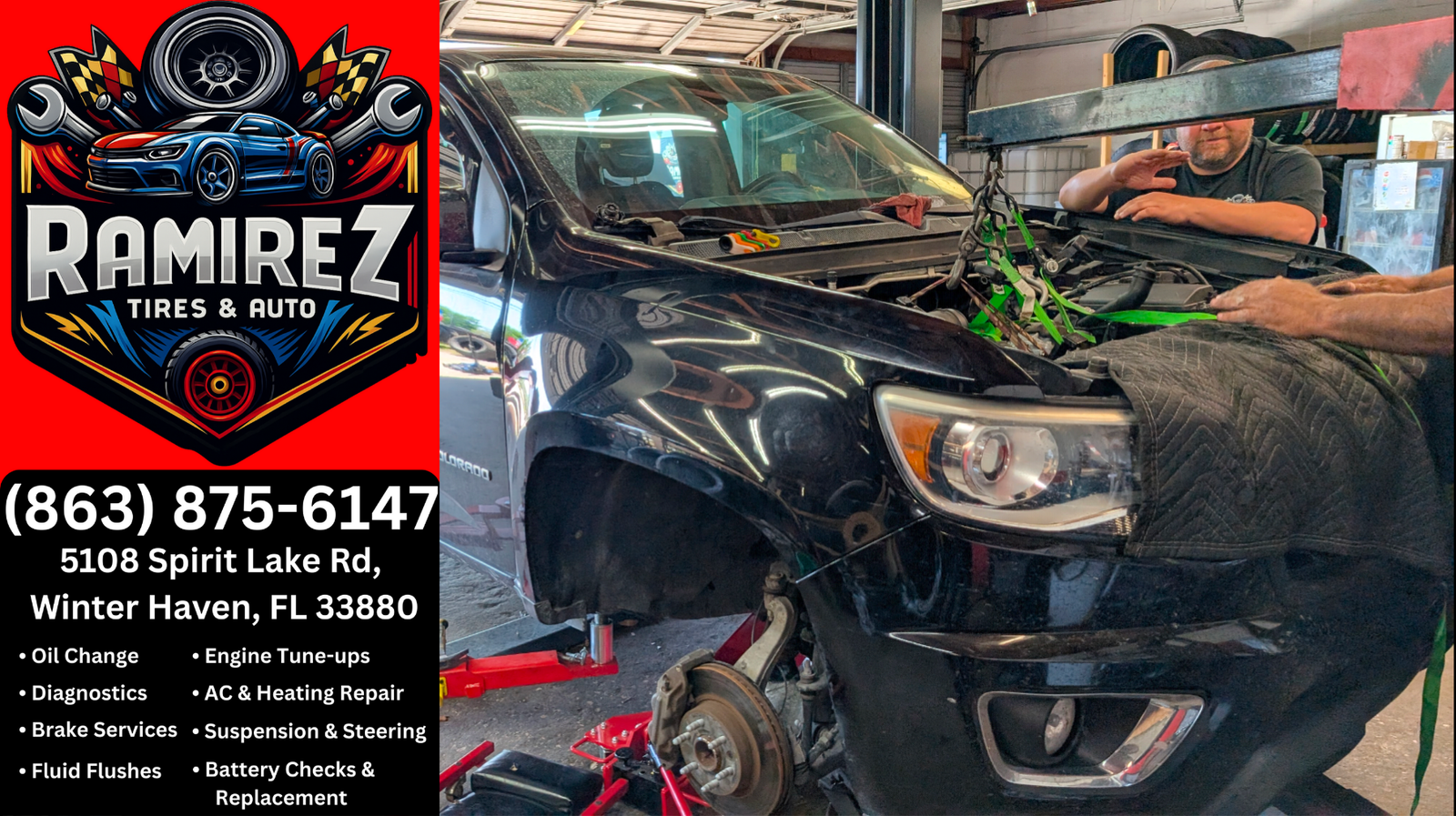On July 23, 1839, during the height of the Second Seminole War, Seminole warriors launched a surprise attack on a U.S. Army encampment along the Caloosahatchee River, near what is now Fort Myers, Florida.
The troops, under Lieutenant Colonel William Harney, were caught off guard in the early morning hours. Most were unarmed and asleep. The Seminoles killed around 30 soldiers and civilians, looted supplies, and set fire to the trading post. Harney and a small group of survivors managed to escape by fleeing into the river.
This deadly encounter, often referred to as the Caloosahatchee Massacre, intensified the ongoing conflict and led to harsher U.S. military responses across central and southern Florida. The site of the ambush later developed into the modern-day city of Fort Myers, located roughly 100 miles southwest of Polk County.



